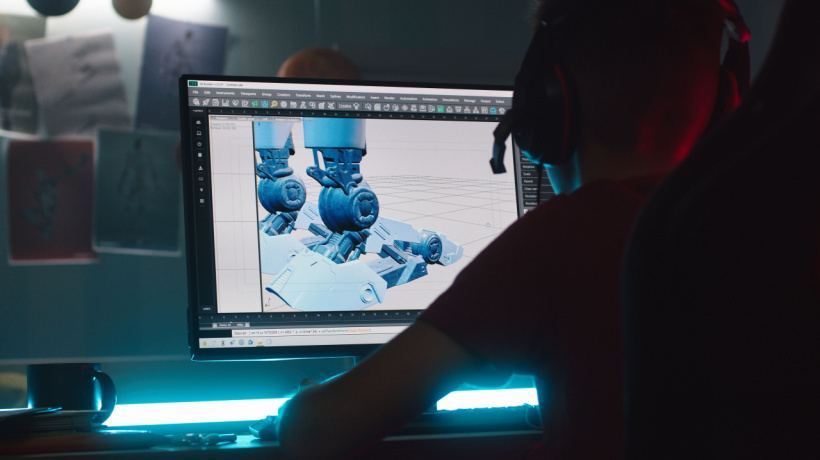The Role Of Animation In eLearning
In the digital age, eLearning has become an essential tool for educators and learners alike. With the rise of online courses and virtual training programs, Instructional Designers are constantly seeking innovative ways to engage learners and enhance the educational experience. One such method that has proven to be highly effective is the use of animation. The role of animation in eLearning is not only to capture attention but also to simplify complex concepts, making learning both enjoyable and memorable.
Animation has the unique ability to convey messages and teach lessons in a dynamic and visually appealing way. By incorporating animated elements into eLearning modules, educators can create a narrative that resonates with learners of all ages. Animations can range from simple motion graphics that highlight key points to full-fledged animated stories that provide context and depth to the learning material.
Adapting To Trends
Staying current with animation trends is vital for eLearning. Micro-animations are now widely used to guide learners subtly and reinforce their interactions. Kinetic typography brings energy to text, making key points stand out. Parallax scrolling adds depth to storytelling, while animated infographics turn complex data into engaging narratives. Additionally, responsive animation ensures that eLearning content is accessible and performs well across all devices.
Benefits Of Animation In eLearning
Improved Understanding
Complex subjects can be broken down into digestible pieces with the help of animation. By visualizing abstract concepts, learners can grasp difficult topics more easily.
Increased Retention
The combination of audio and visual elements in animation aids in better retention of information. Animated stories and scenarios can be particularly effective for long-term memory recall.
Emotional Connection
Characters and narratives in animations can evoke emotions, making the learning experience more personal and impactful. This emotional investment can lead to a deeper understanding and appreciation of the content.
Accessibility
Animation can make learning more inclusive by providing visual cues that support various learning styles, especially for visual and auditory learners.
Visual Hierarchy And Guidance
Animation can be used to establish a visual hierarchy on the screen, directing learners’ attention to the most important elements. Animated cues or transitions can guide users through the learning process, ensuring a smooth and intuitive user flow.
Feedback And Motivation
Interactive animations can provide immediate feedback on learners’ actions, which is essential for reinforcing learning and motivation. For example, a character might applaud or give a thumbs-up in response to a correctly answered question.
Emotional Design
Animations have the power to evoke emotions and create a more personable User Experience. By incorporating characters or storytelling elements, animations can make the learning experience more relatable and enjoyable.
How To Effectively Use The Role Of Animation In eLearning
- Integrate with interactivity
Combine animations with interactive elements such as quizzes or drag-and-drop activities to create an engaging learning environment. - Optimize for different devices
Ensure that animations are optimized for performance across various devices, including desktops, tablets, and smartphones. - Design for interactivity
Integrate animations with interactive elements to encourage active learning and user participation. This can include clickable animations that reveal additional information or branching scenarios that change based on user decisions. - Ensure consistency
Maintain a consistent style and behavior for animations throughout the eLearning course. Consistency helps users build a mental model of how interactions work, leading to a more predictable and comfortable learning experience. - Test with real users
Conduct user testing to gather feedback on the animations’ effectiveness and appeal. Observing real users interacting with the animations can provide insights into how they contribute to the overall User Experience and where improvements may be needed. - Adapt for accessibility
Design animations with accessibility in mind, providing alternatives for users who may have issues that affect their ability to perceive motion. This includes options to pause, stop, or hide animations, as well as providing text descriptions where necessary.
Conclusion
Animation is a versatile and powerful tool in the realm of eLearning. When used thoughtfully, the role of animation in eLearning can be to transform the educational experience by making learning more engaging, understandable, and enjoyable. As technology continues to advance, the possibilities for incorporating animation into eLearning will only expand, offering new and exciting opportunities to enrich the learning journey. By embracing the art of animation, Instructional Designers and educators can create eLearning content that not only informs but also inspires.

